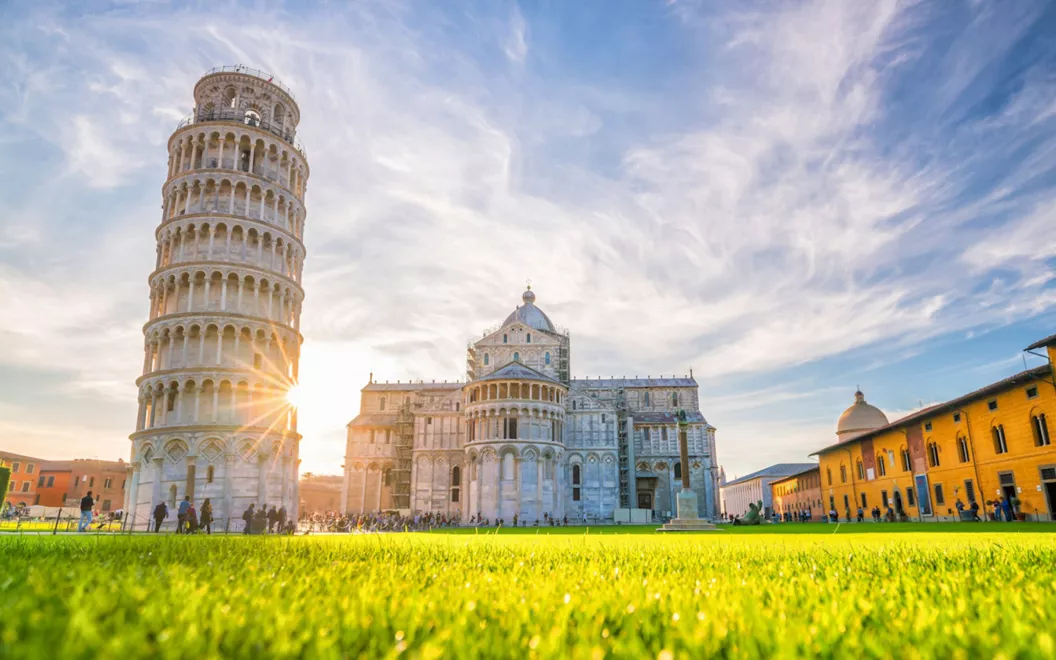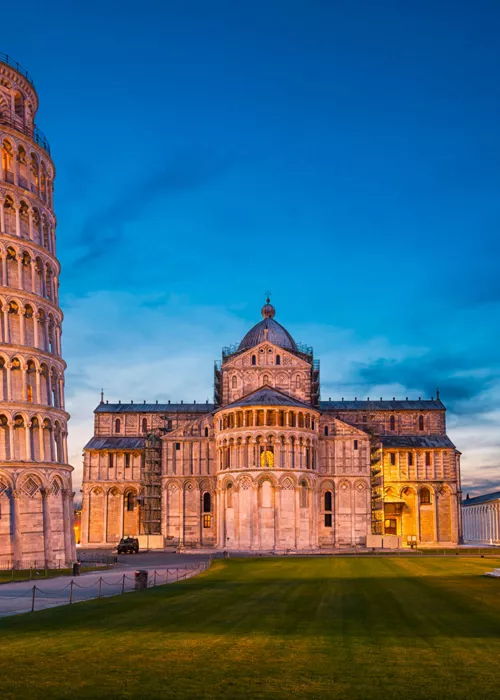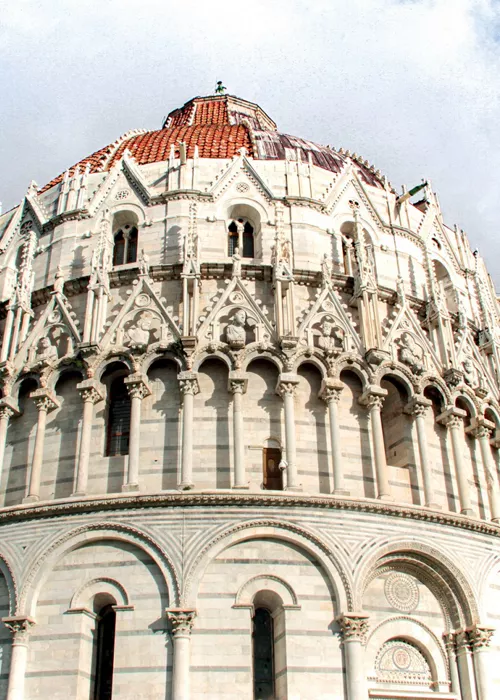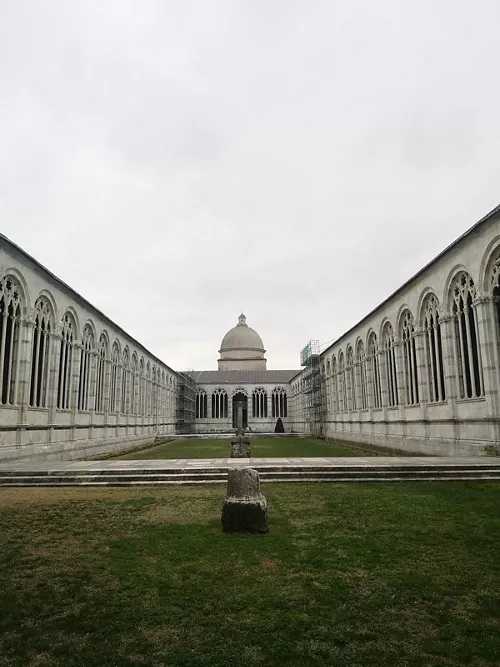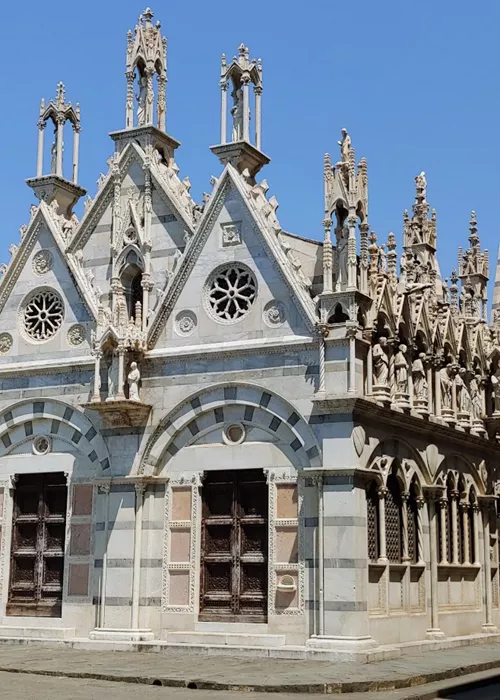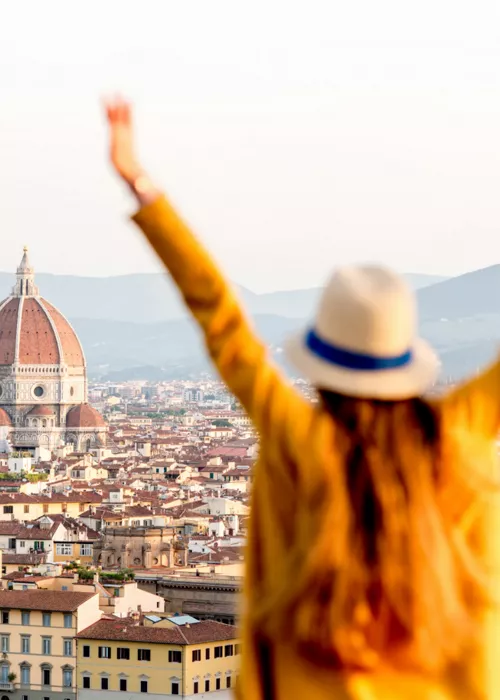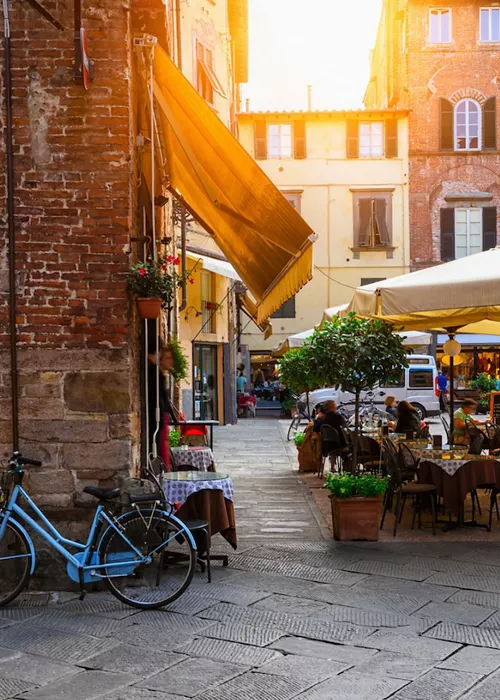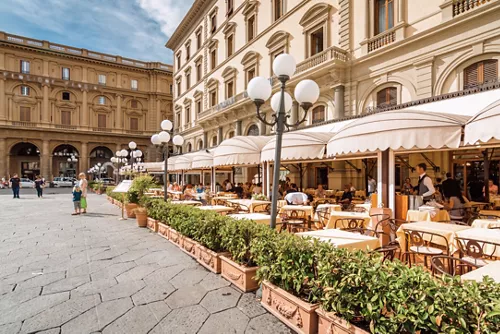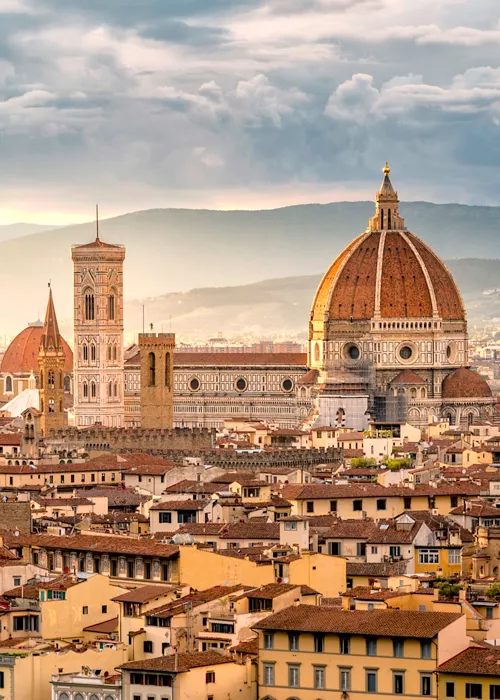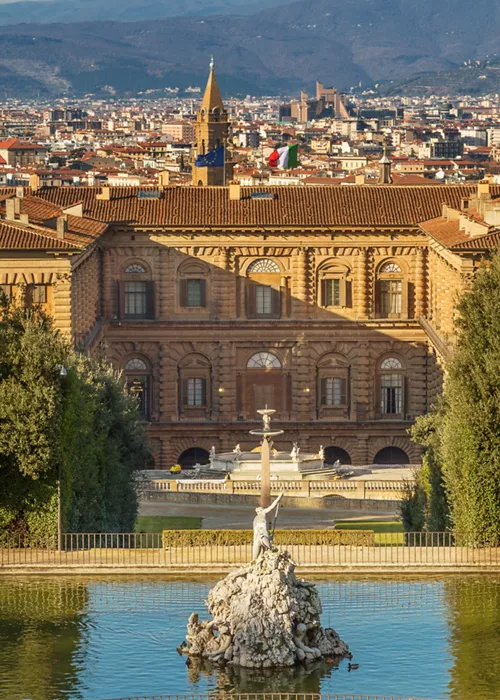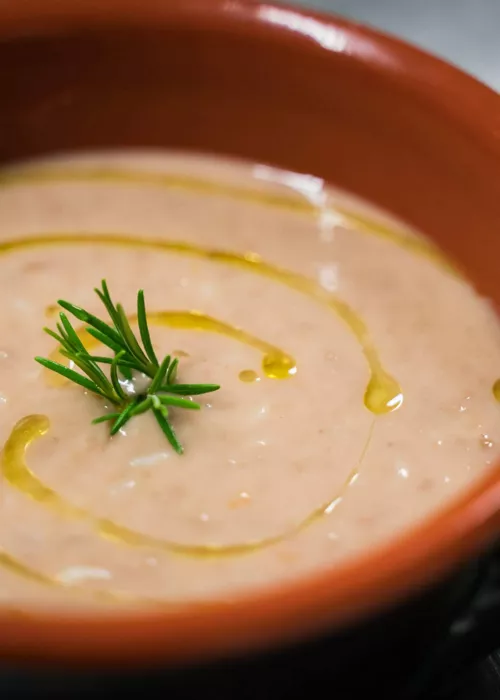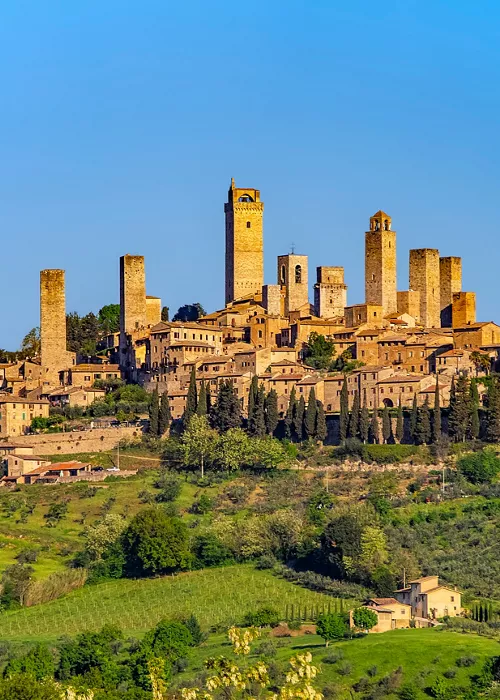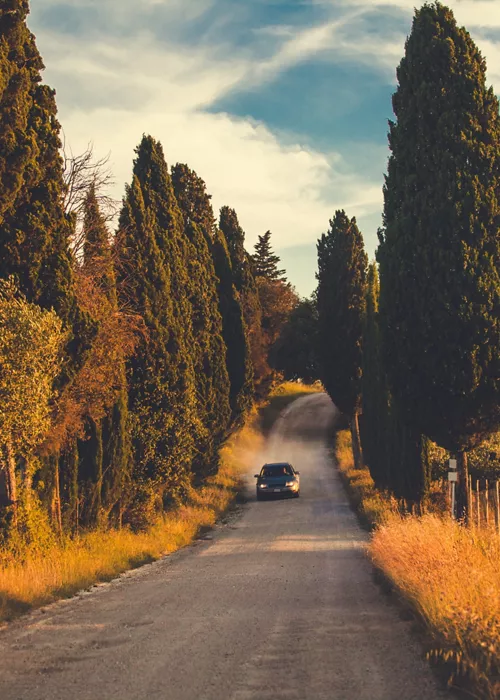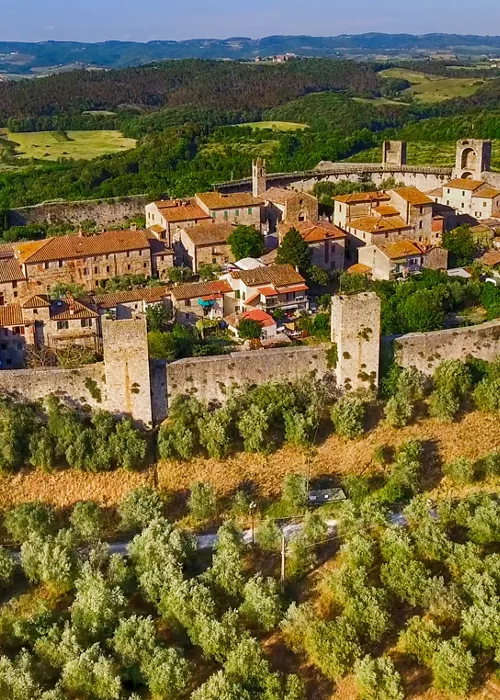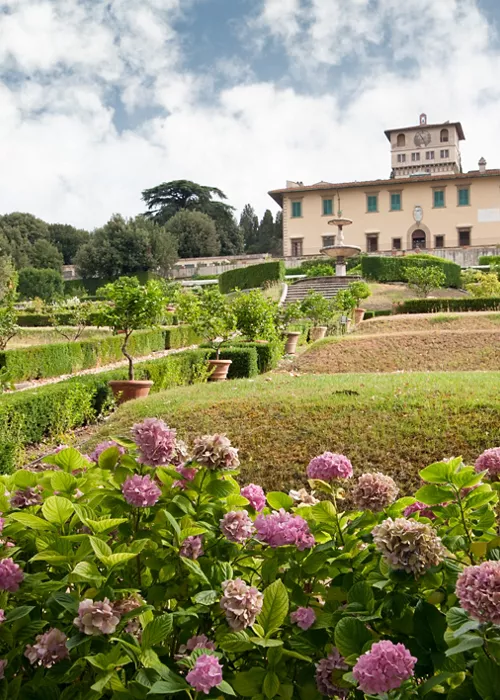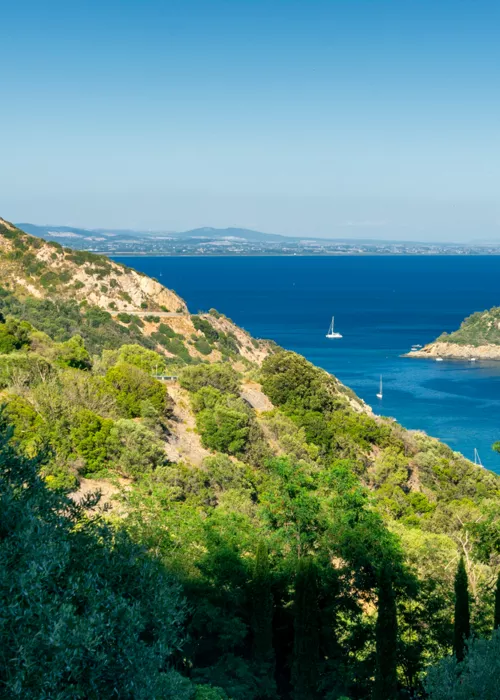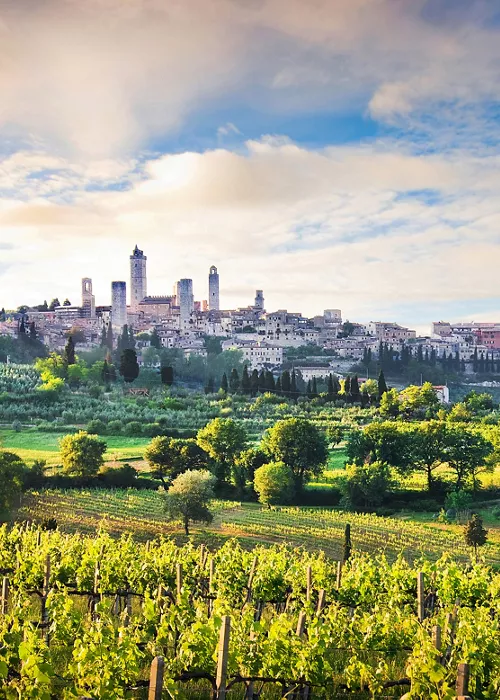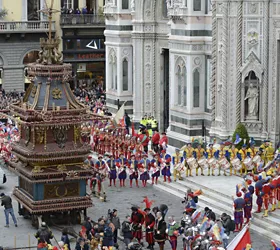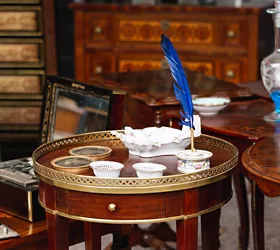Pisa, the charm of the ancient Maritime Republic with the leaning tower
5 minutes
Vibrant and animated by the great history exuding from its walls, the Leaning Tower of Pisa, the city's symbol and the most famous Italian monument in the world, immediately springs to mind. Along with the cathedral and the baptistery, the Leaning Tower of Pisa is part of a complex of works that Gabriele D'Annunzio dubbed "Miracles", hence the name Piazza dei Miracoli, which perfectly defines the place that houses them.
Monuments, museums and impressive buildings of inestimable artistic value preserve the memory of Pisa as a Maritime Republic that, for a long time, was the undisputed master of the Mediterranean.
As its title of Queen of Studies, which was given to it by the Florentines, suggests, Pisa is not only one of Italy's best-loved cities of art, but also remains a young, bustling and lively city where past and present merge.
The history and magic of Pisa
Pisa's history unfurls over centuries of cultural and economic splendour alternating with phases of stifling domination, characterised by degradation and abandonment. Some historians believe it boasts ancient Greek origins, others date it to the Etruscan period. The important point is that medieval Pisa experienced its first period of splendour in economic, political and artistic terms. Between the 11th and 12th centuries, the city was the setting for great scientific discoveries and territorial conquests, with the construction of splendid buildings such as Piazza dei Miracoli, the Duomo and Piazza dei Cavalieri.
The period when Pisa was a Maritime Republic was also important: thanks to national and international trade, it became one of the naval powers of the Mediterranean. With its success in the First Crusade, it established lucrative ties with the Middle East, importing valuable materials and rare fabrics. Pisa's political dominance was undermined by the Battle of Meloria against Genoa in 1284, with the collapse of important trade activities.
In later years, it was subjected to the rule of the Lords of Uguccione della Faggiola, the della Gherardesca family (among whom Ugolino della Gherardesca stands out), the Gambacorta family and the Visconti family of Milan until it was conquered by Florence in 1406: the Medici family ensured Pisa a period of recovery that provided it with artistic works of great importance.
In 1800 it was Napoleon who made an important contribution to the city, founding the famous University of Pisa, the Scuola Normale Superiore. In 1860 Pisa was merged with the Kingdom of Italy.
What to see in Pisa: the 3 unmissable places
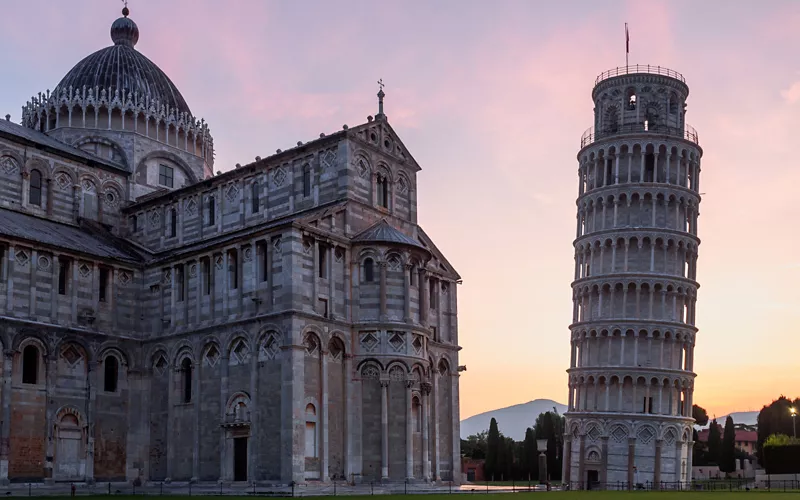
What to see in Pisa to really get into the heart and soul of the city?
Begin with the symbol of Pisa, the Leaning Tower of Pisa. It dominates Piazza del Duomo, and its distinctive slope is due to ground subsidence in the early stages of construction (between the 12th and 14th centuries). The top floors were built curving in the opposite direction to the slope in an attempt to straighten it out a little.
Moving on with the treasures of Pisa: Piazza dei Miracoli is worth more than just a quick tour. Grandiose and monumental, it contains the Duomo, the Baptistery, the Leaning Tower and the Monumental Cemetery of Pisa, in a cluster of breathtaking beauty reminiscent of the economic power achieved at the time of the Maritime Republic.
Finally, it is worth craning your neck to admire one of Pisa's places of worship, the Baptistery of Pisa, which is the largest in the world. Begun in 1153, its construction was the work of the architect Diotisalvi, but some of the many splendid sculptures on the facade were created by Nicola Pisano and his son Giovanni.
3 ideas on what to do in Pisa
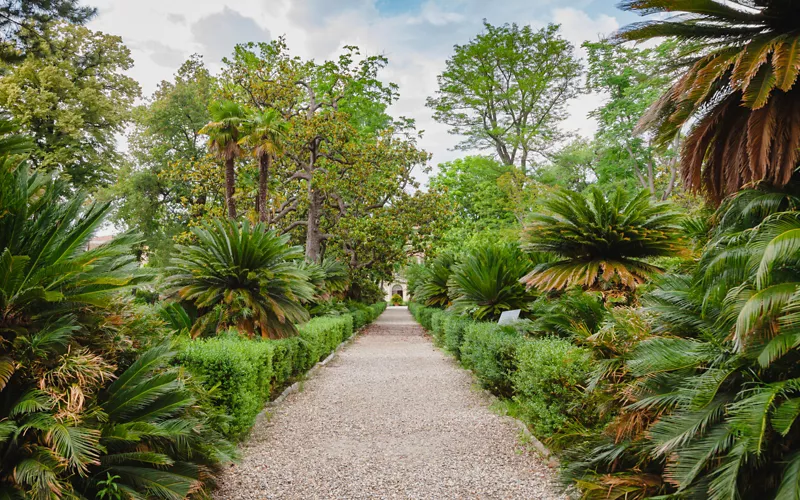
As well as admiring its history reflected in its artistic and architectural heritage, a trip to the Tuscan city is the perfect opportunity to keep the whole family entertained. What to do in Pisa?
The first suggestion is to visit the Botanical Garden: founded in 1543 by Luca Ghini, a naturalist and physician, it is the first university botanical garden in the world. It will leave adults and children alike speechless, thanks to the variety of plants from the five continents it hosts: from the aromatic plants of the Mediterranean maquis to the succulent plants of the African and American deserts, and species from the Tuscan marshes. An immersive 360-degree dive into nature.
It is impossible to visit the city without going up the Leaning Tower of Pisa and enjoying an unparalleled view of Piazza dei Miracoli: an unforgettable experience!
A ride along Viale delle Piagge will delight restless walkers, cyclists and those in search of relaxation: it is a long tree-lined street on the right bank of the Arno River, between Ponte delle Bocchette and Ponte della Vittoria, lined with a bicycle path and a city park.
What to eat in Pisa: 3 specialities
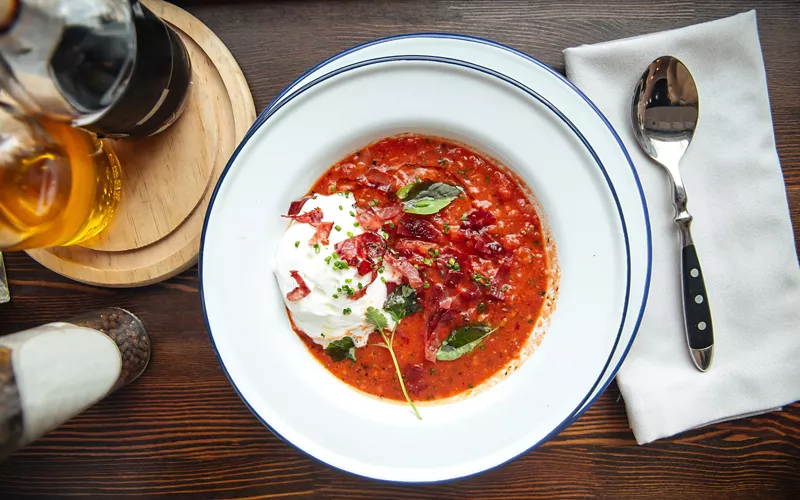
Like Tuscan cuisine, the cuisine of Pisa is imaginative and tasty. Regardless of its poor origins, it combines land and sea in explosive combinations of flavour that the whole world envies. What to eat in Pisa?
- Pappa al pomodoro, naturally: a first course of peasant origin prepared with stale Tuscan bread, tomatoes, basil, garlic and olive oil.
- But also the castagnaccio, a poor man's cake that will win over the sweet toothed: typical of Pisa, prepared with chestnut flour, sultanas, walnuts, pine nuts and chopped rosemary.
- And then there is the minestra di pane, also known as zuppa alla pisana (bread soup), which is a tasty dip made from a mix of stale Tuscan bread, white beans, kale or cabbage, chard, potatoes, carrots, ham rinds, tomatoes and other simple ingredients for flavour.
Unique places in Pisa
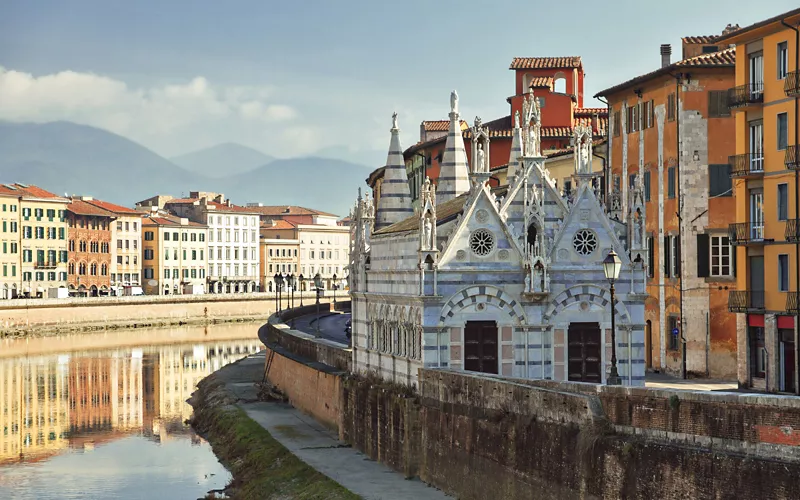
Among the highlights that make the city unique are 3 unusual places in Pisa that you should visit.
Starting with the Cinema Lumière, a venue for concerts, DJ sets and aperitifs in the hall of a former cinema dating back to 1905, located at the back of a prestigious building. The Torre della Muda is a popular destination for those who love Dante's Divine Comedy: it is an ancient medieval tower in which Count Ugolino della Gherardesca and his sons and grandsons were imprisoned.
Lastly, the Church of the Spina di Pisa, which once held one of the thorns of Christ's crown, is worth a visit to appreciate its Gothic facade.

